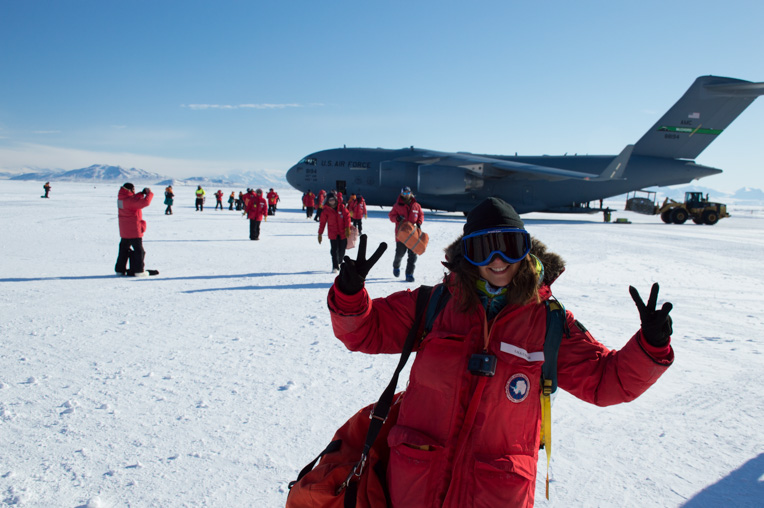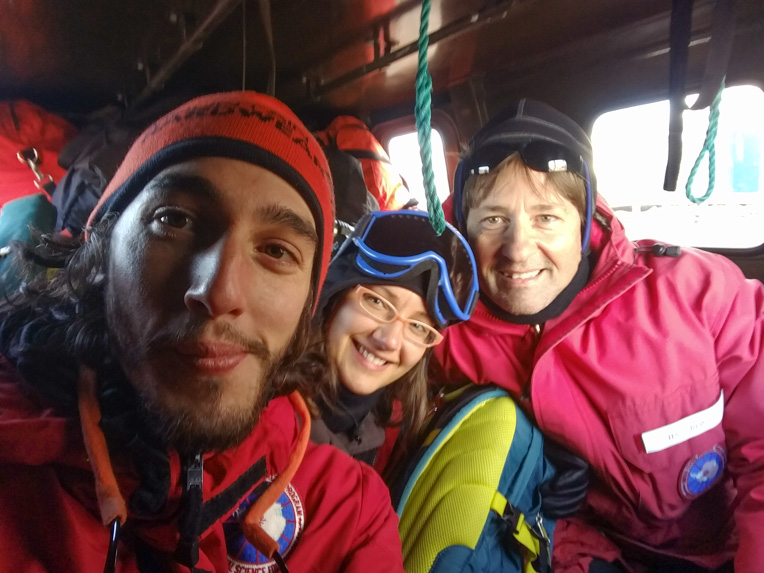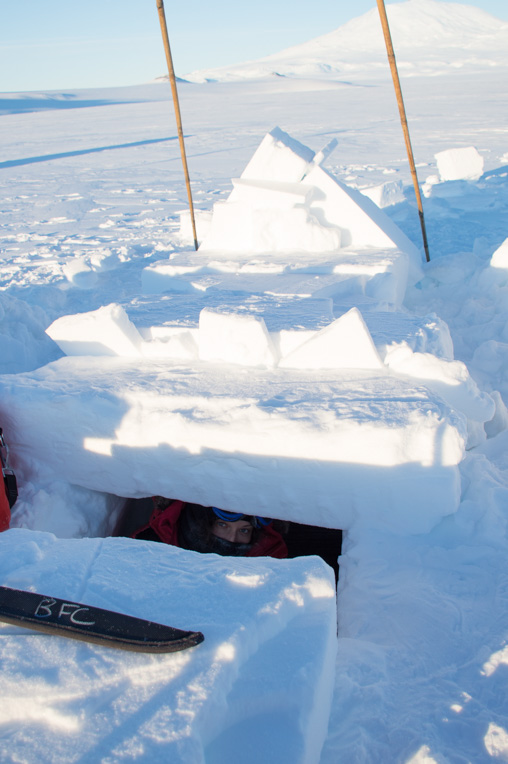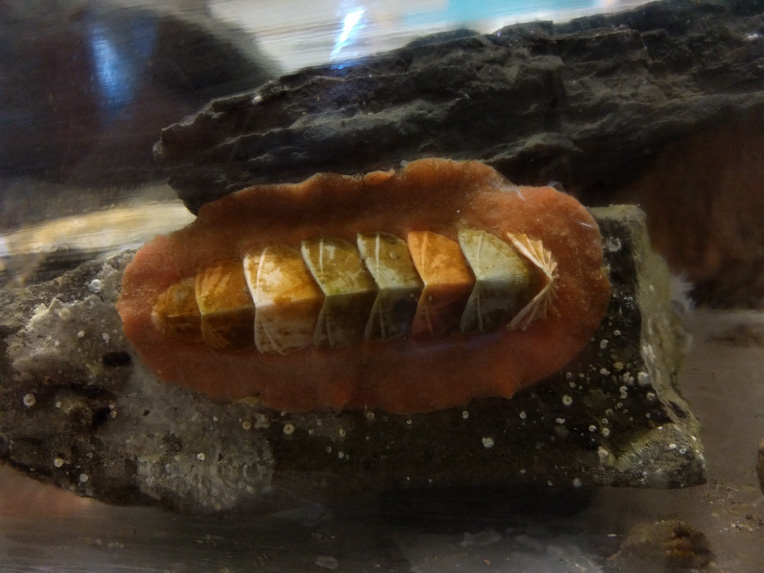So, this season, we are at the other end of the information flow. Namely on the low priority end, well almost. We are in touch regularly about station performance, wifi-network status, training needs and logistics. However, the "so, what happened outside of scientific routine"-part is clearly not as exciting as it is when you are down on the ice yourself. Anyway, we can make the best of it and let you know that also this year, things are exciting and never the same on the Ross ice-shelf.
So, the team made it to McMurdo last week and they send a brief photo report before making it out to the camp site. Between the station and the camp are roughly 45 minutes of helicopter ride so by Antarctic terms, it is around the corner, but very far away, if you had to walk.
Here is evidence that they made it. Apparently they were treated with the luxury of flying C-17, which makes the flight a lot shorter and a tiny bit quieter than when you have to make due with an LC-130. The easy reason: The C-17 is a jet plane, while the "Herc" is a propeller plane.

Also, we can extrapolate that the spirits are high. That was confirmed by their report from their Deep Field Shakedown: the training in which all equipment is tested and people get to spend their first night outdoors. The team, who is it this year? As you can see below, we have Chris our grad student veteran of three years down on the ice, in the middle grad student Lisa, who is on her first trip, and then Hans, our expert on wind, who has probably seen as parts of the Northern Polar regions and gets now a first try of the Southern cold.

We did they report from the field training? As a true newbee Lisa insisted on sleeping a night in a snow trench. This is technically an emergency procedure that assumes that all tents have blown away and one needs to spend the night. This very unlikely event is usually not bound to happen -- we are all counting on Search and Rescue to get you out before it comes to this. However, a lot of people enjoy trying it during the Deep Field Shakedown. This is what the whole thing looks like:

The event was described by Chris as: "Lisa survived her night in the snow trench through judicious use of snacks. Hans and I have spend enough nights in snow trenches that it's lost its exotic appeal." This leaves me to conclude that Lisa had about 6 heavy weight chocolate bars to make it through the night, while Hans and Chris had a look at the nice orange ceiling of their mountain tents. All good as usual.
So it looks like everyone survived the training. Proof is given by the fact that our project is good to go for camp deployment -- if it wasn't for the heavy wind that is blowing in McMurdo right now. We are hoping that they can fly out today, otherwise, they might have to spent some more time looking at the touch tank in the science lab. Touch tank?

This is a water basin in which creatures from the ice are kept for people to see and study. Last season we had large sea spiders (with more than eight legs see here), this season it is something that Chris described as "a bunch of random sea shells stuck to some chewed up bubble gum". More biologically correct, this would be a Chiton .
I will try to keep you posted about updates. As I have been told that friends and family might also be following this. So, stay tuned.

Add new comment